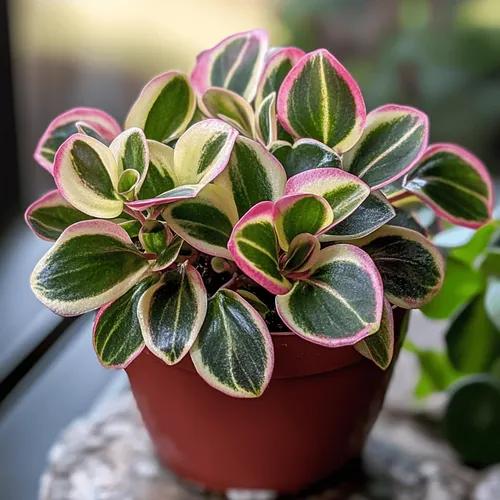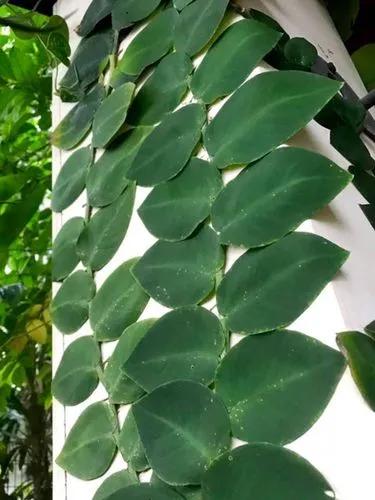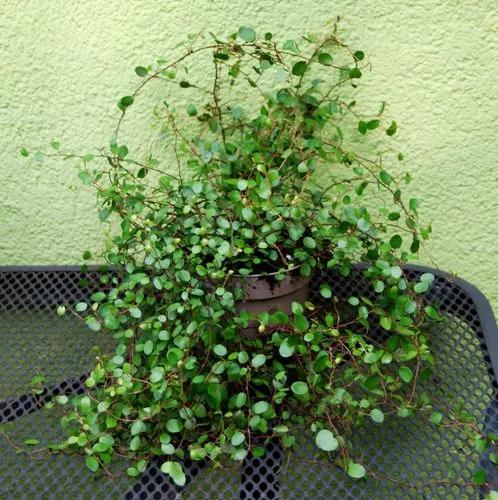The Peperomia Schumi Red has all the texture and all the colour - with leaves ranging from a deed red-purple to almost black. A small plant that won't need regular repotting, its as easy as they come, and tolerates lower light levels. For any pet parents out there - this houseplant is non-toxic & oh so friendly!
Pepromia Schumi Red Care
Sienna Caperate



How to Care for the Plant

Water

The succulent leaves of peperomia plants indicate that the plants don't need frequent watering to maintain vigor. Allow the surface of the soil to dry out between waterings. Keeping the peperomia on the dry side is better than saturating it, which leads to root rot and fungus gnat problems.

Fertilizer

When it comes to fertilizing your peperomia plants, less is more. Discolored or dropping leaves are usually a sign of inadequate light or excessive watering, not poor nutrition. As a slow-growing epiphyte, the peperomia can go its entire life without supplemental fertilizer, getting what it needs from its planting media.

Sunlight

Peperomia plants need medium to bright light to maintain their vibrant foliage colors. Morning light and filtered light is fine, as well as 12 to 16 hours of artificial light. Insufficient light will result in fewer leaves, leaf drop, and drab coloration. Direct sun rays should be avoided, as it can burn the leaves

Soil

Many peperomia plant species grow as epiphytes in the wild by settling into the nook of a tree and sending their roots into some slightly decaying bark. The key to a thriving houseplant choosing a soil blend that mimics these conditions and is chunky, loose, and acidic. An orchid potting medium typically works well, but regular potting soil is fine too—you can always lighten it with a handful of peat moss or vermiculite.

Temperature

Peperomia plants are hardy to USDA zone 10, which means they cannot be exposed to temperatures less than 30 degrees Fahrenheit. As tropical plants, peperomia plants prefer a warm and steamy environment, especially in the summer months when their. growth is most active. If your plant doesn't get an outdoor vacation in the summer, place it on a tray of pebbles and water to increase ambient humidity, or invest in a small-scale humidifier to place nearby.

Container

Peperomia plants can live for years in a relatively small container. They enjoy a somewhat root-bound existence, and this combined with their slow growth rate means you can leave them alone unless you see roots coming out of the drainage holes.

Popularity

26 people already have this plant 8 people have added this plant to their wishlists
Discover more plants with the list below
Popular articles






